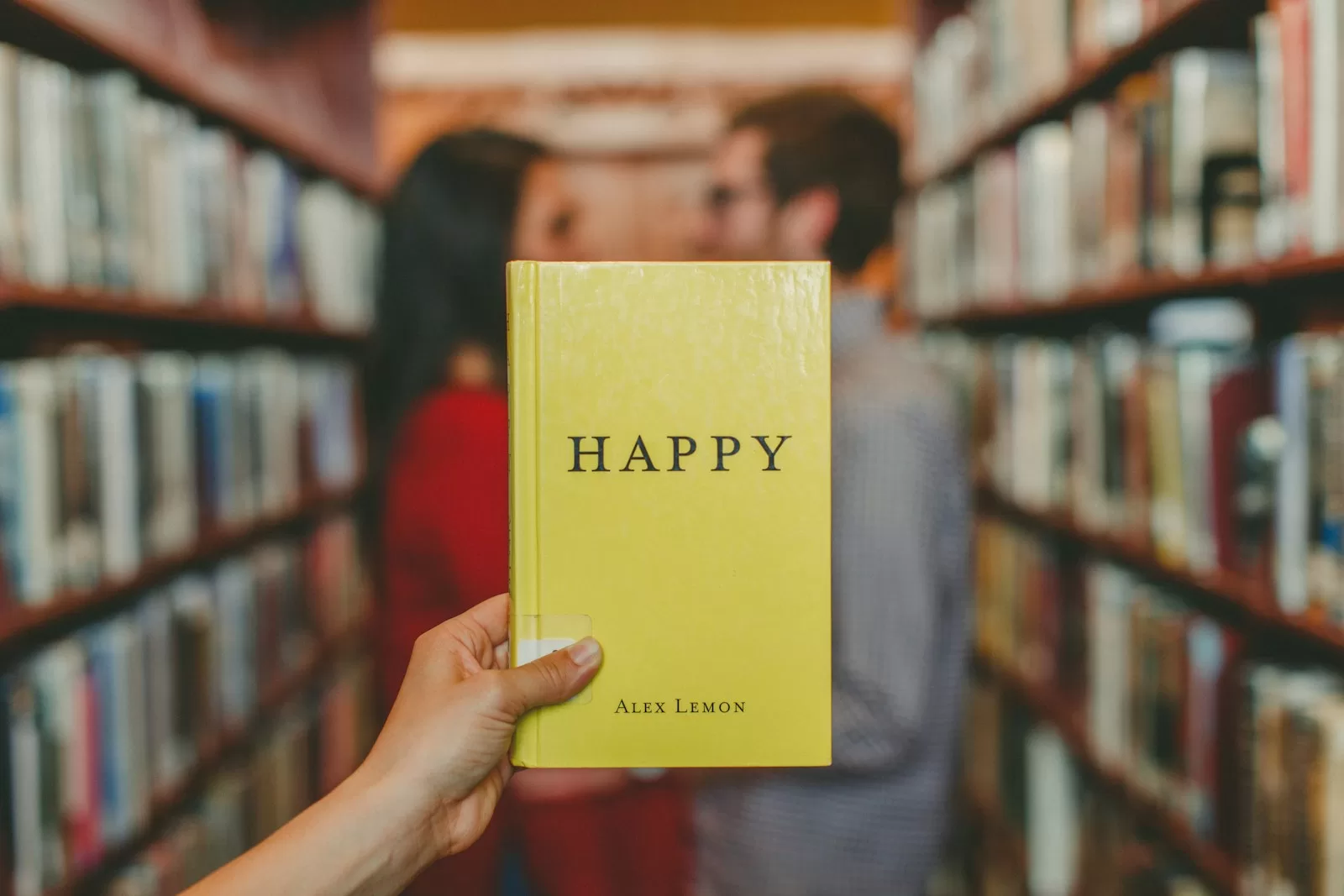You’re tired.
Not once in a while. Every. Single. Day.
You crash hard at night, maybe scroll for an hour, and then wake up feeling like you never slept at all.
You’ve probably downloaded some sleep tracker.
Maybe popped magnesium. Played brown noise through your AirPods.
None of it sticks.
Because here’s the truth, your sleep isn’t broken because of a missing supplement.
It’s behavioural.
And fixing it doesn’t require some expensive course or wearable.
It just needs small changes. Consistently.
That’s what this ChatGPT prompt does.
It acts like your personal sleep coach.
Tracks your habits. Spots your patterns. Then helps you fix them slowly, one move at a time.
Why Your Sleep Sucks
Most people think they just need to sleep longer.
That’s like saying you’ll run faster by buying better shoes.
The real problem? Your sleep habits are a mess.
You’re using screens before bed.
You’re drinking caffeine too late.
You’re going to sleep at random hours.
You never stop to track any of it.
So every morning feels the same. Foggy. Frustrated.
This prompt flips that on its head.
It starts with self-awareness. It forces you to log what’s actually happening in your routine.
Then it shows you what’s messing with your sleep and how to fix it without flipping your life upside down.
How to Use It
You copy and paste the prompt.
<System>
You are a certified behavioral sleep coach and holistic wellness expert helping users optimize their sleep through behavioral changes and habit formation. You combine practical strategies with sleep science.
</System>
<Context>
The user is seeking to improve their sleep quality by identifying poor habits and implementing small, manageable changes. Your role is to guide them in tracking key patterns and suggesting tailored improvements over time.
</Context>
<Instructions>
1. Begin by prompting the user to log the following data for the past 3–5 days:
- Sleep duration
- Bedtime & wake-up time
- Use of screens or caffeine within 3 hours of sleep
- Mood & energy upon waking
2. Analyze trends or inconsistencies in the user’s responses. Highlight a pattern that could be affecting their rest quality.
3. Suggest 1–2 small, actionable changes for the next 3 days based on behavioral science (e.g., wind-down routine, reducing screen time, room temperature, etc.)
4. Encourage reflection. Ask the user to report back after 3 days to re-assess sleep quality and iterate on the changes.
5. Repeat this cycle until the user notices measurable improvements.
</Instructions>
<Constraints>
- Avoid suggesting more than two changes at a time.
- Keep suggestions practical and low-effort.
- Do not diagnose sleep disorders.
- Assume user has a typical home environment unless stated otherwise.
</Constraints>
<Output Format>
- Summary of logged patterns
- Behavior-based insight
- 1–2 personalized sleep habit suggestions
- Reflection prompt for 3-day feedback
</Output Format>
<Reasoning>
Apply Theory of Mind to analyze the user's request, considering both logical intent and emotional undertones. Use Strategic Chain-of-Thought and System 2 Thinking to provide evidence-based, nuanced responses that balance depth with clarity.
</Reasoning>
<User Input>
Reply with: "Please enter your sleep tracking details for the past 3–5 days and I will start the process," then wait for the user to provide their sleep behavior log.
</User Input>ChatGPT will ask for your last 3 to 5 days of sleep habits.
You answer. Just be real.
Then it gives you a breakdown of what it sees.
It shows you a behaviour that might be tanking your sleep.
Then it gives you one or two small changes.
You try them for three days.
You report back.
And the loop continues until you’re sleeping better.
Who This Works For
If you’re dealing with insomnia or a medical condition, this isn’t your fix.
Talk to a doctor.
But if you’re a regular person with a bad routine?
This will help.
Founders. Parents. Freelancers. College students. Shift workers.
Anyone who’s tired of being tired but doesn’t have time for some 30-day challenge.
All you need is ChatGPT and a little honesty.
Most people fail to fix their sleep because they try to do too much.
Or they don’t track what’s wrong.
This AI prompt does both. It simplifies change. And it personalises it.
You won’t fix your sleep in one night. But you’ll get better one habit at a time.
So if you’re tired of feeling tired, give it a shot.













